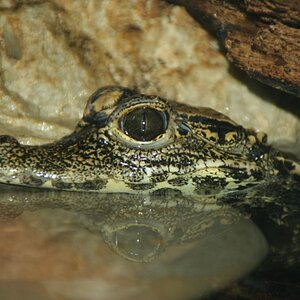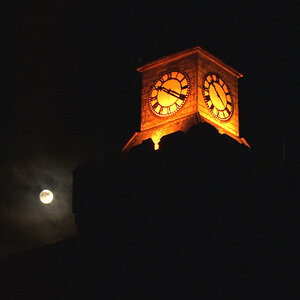Hi ive luckily been given a Minnolta Dynax 600si camera. Ive never really taekn many pics before so just kinda want bit of advice as to why the foreground of these two shots are totally blacked out. It's quite annoying as theres a couple walking past in the 1st one and a train going by above in the 2nd one, but because its so dark you cant see that.
The 1st was taken on a 75-300mm lense on 100iso
The 2nd shot was taken with a 35-70mm lense on 200iso
Both Films for Jessops own brand, not sure if that would make any difference.
I think the bridge is in darkness on the first one cause the sun is shining directly on camera therefore making foreground too dark. Im not sure though.Any help with why would be cool.
Also if there's any posts or if anyone wants to give me some cool tips to get some cool effects with the camera that would be very helpful as im trying to learn how to take half decent photos.
Thanks


Sorry my scanner is really rubbish and my computer crashes if i scan anything other than lowest res, hence dust etc etc.
The 1st was taken on a 75-300mm lense on 100iso
The 2nd shot was taken with a 35-70mm lense on 200iso
Both Films for Jessops own brand, not sure if that would make any difference.
I think the bridge is in darkness on the first one cause the sun is shining directly on camera therefore making foreground too dark. Im not sure though.Any help with why would be cool.
Also if there's any posts or if anyone wants to give me some cool tips to get some cool effects with the camera that would be very helpful as im trying to learn how to take half decent photos.
Thanks


Sorry my scanner is really rubbish and my computer crashes if i scan anything other than lowest res, hence dust etc etc.


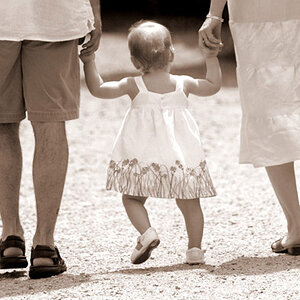
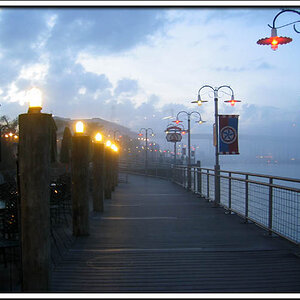
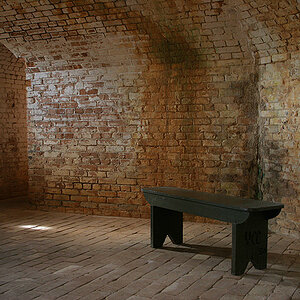
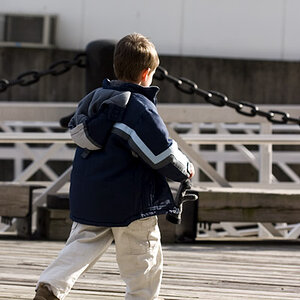
![[No title]](/data/xfmg/thumbnail/40/40412-73276feced223de99c761fc2cc279db5.jpg?1619739461)
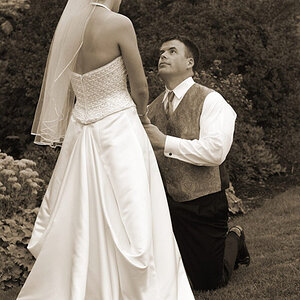
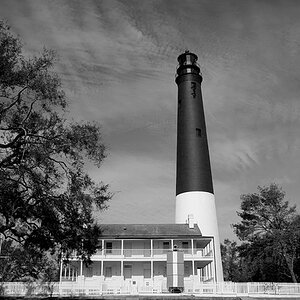
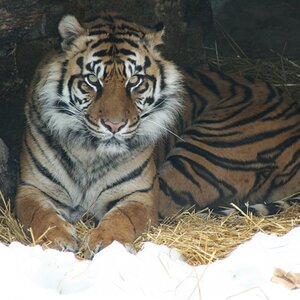
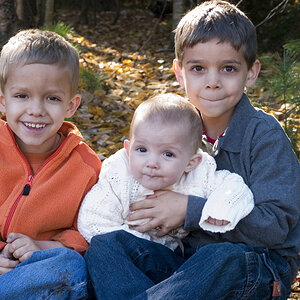
![[No title]](/data/xfmg/thumbnail/36/36102-8cd330c175e72b4b8009082908e60620.jpg?1619737346)
